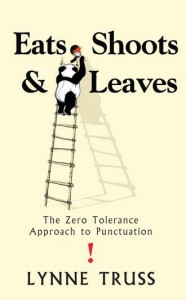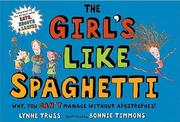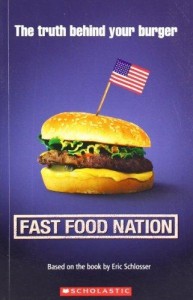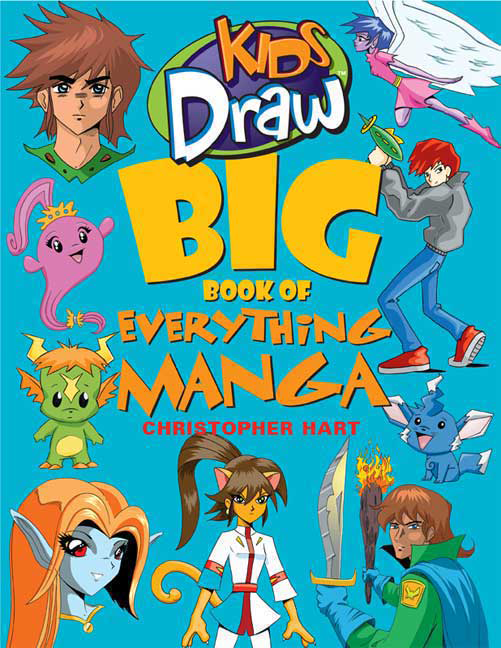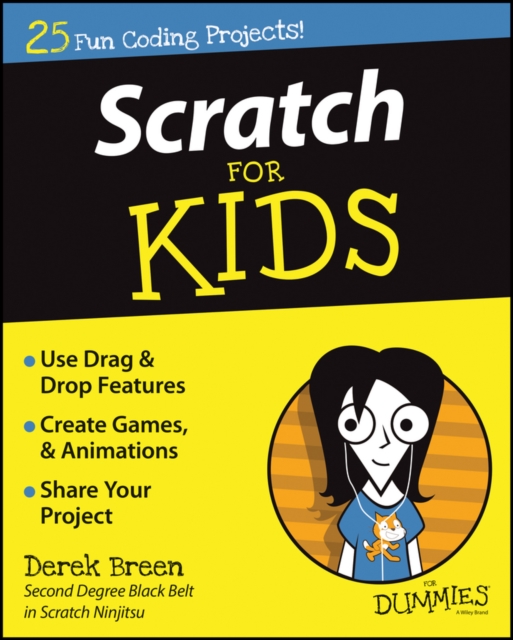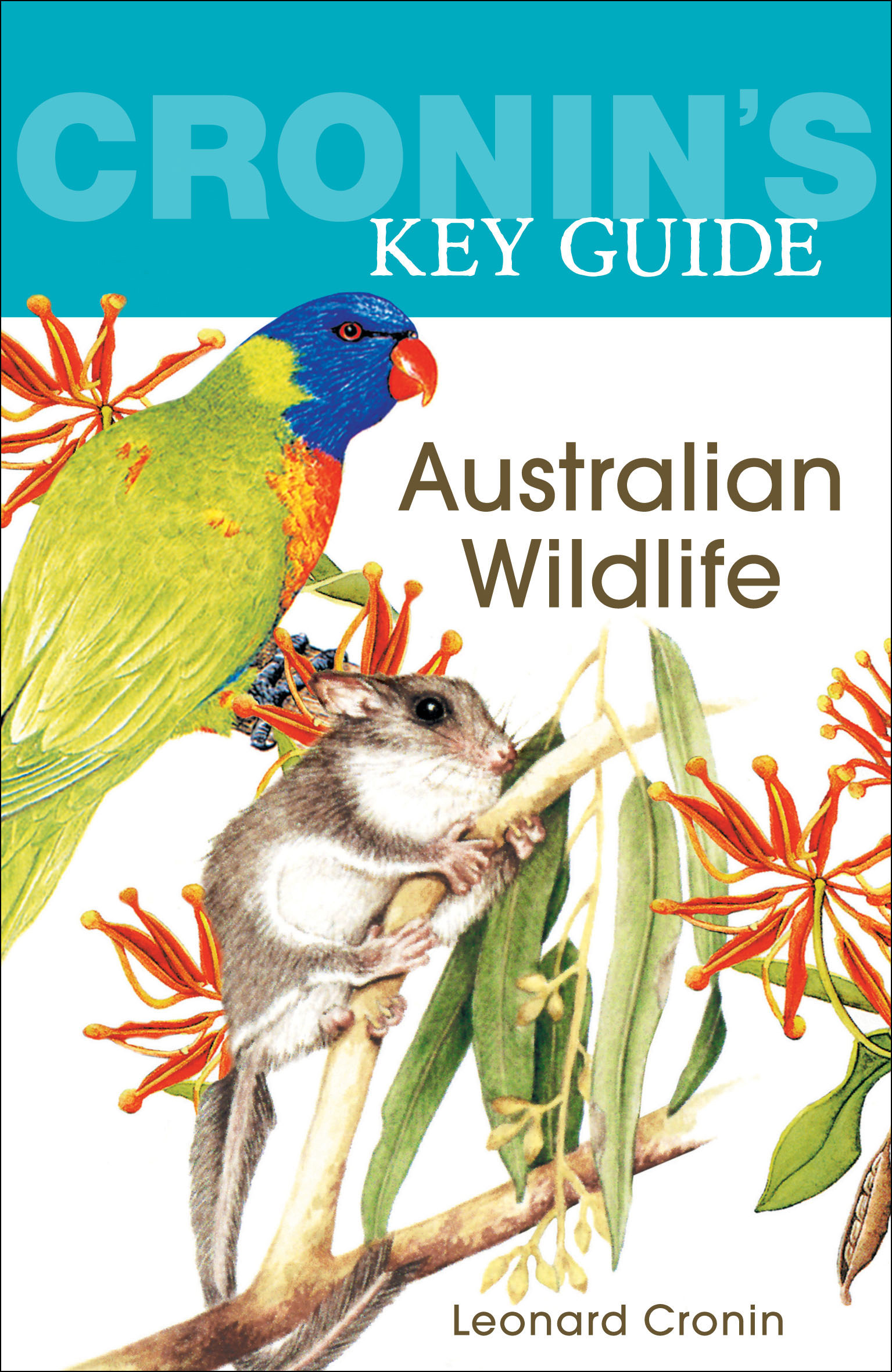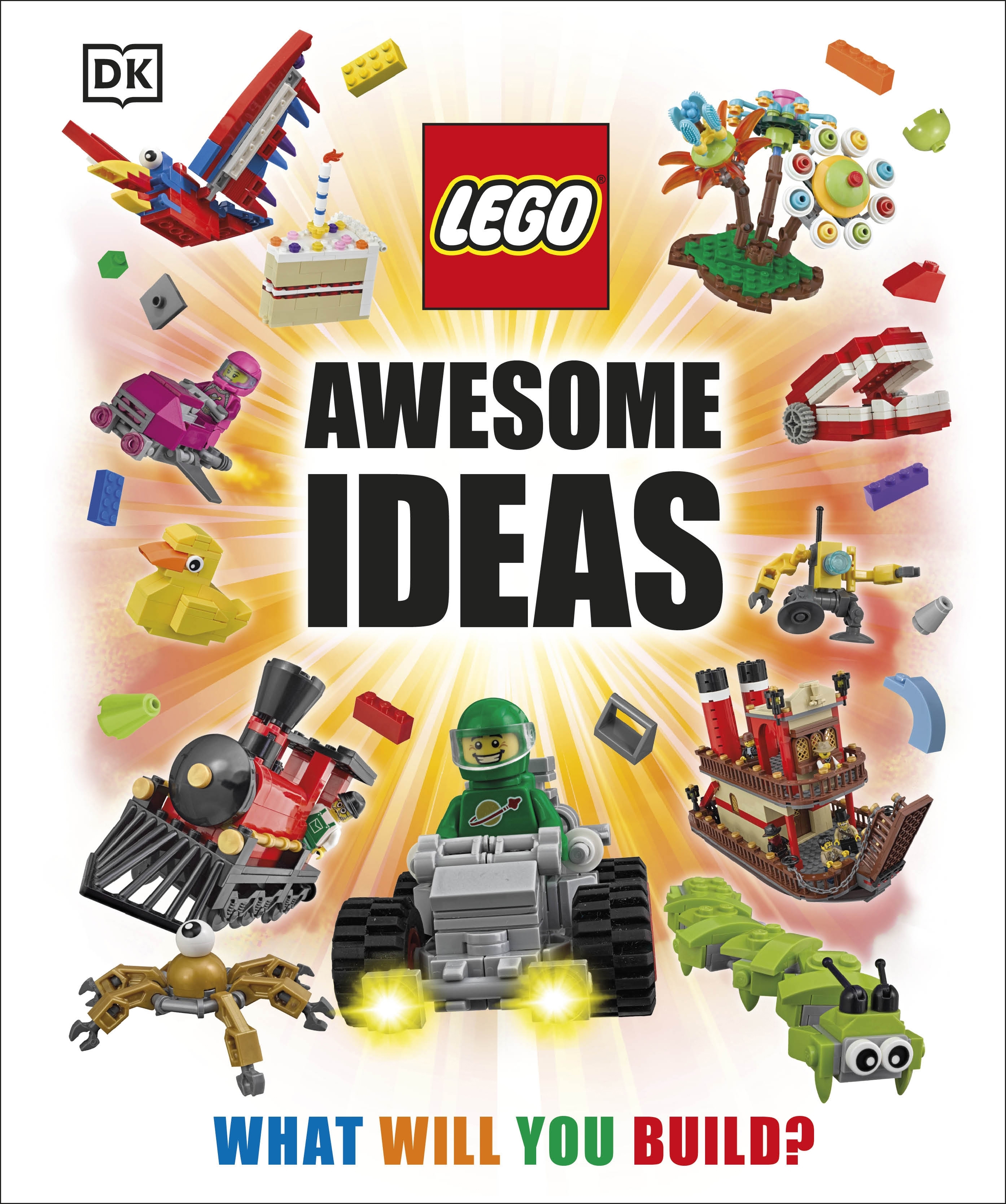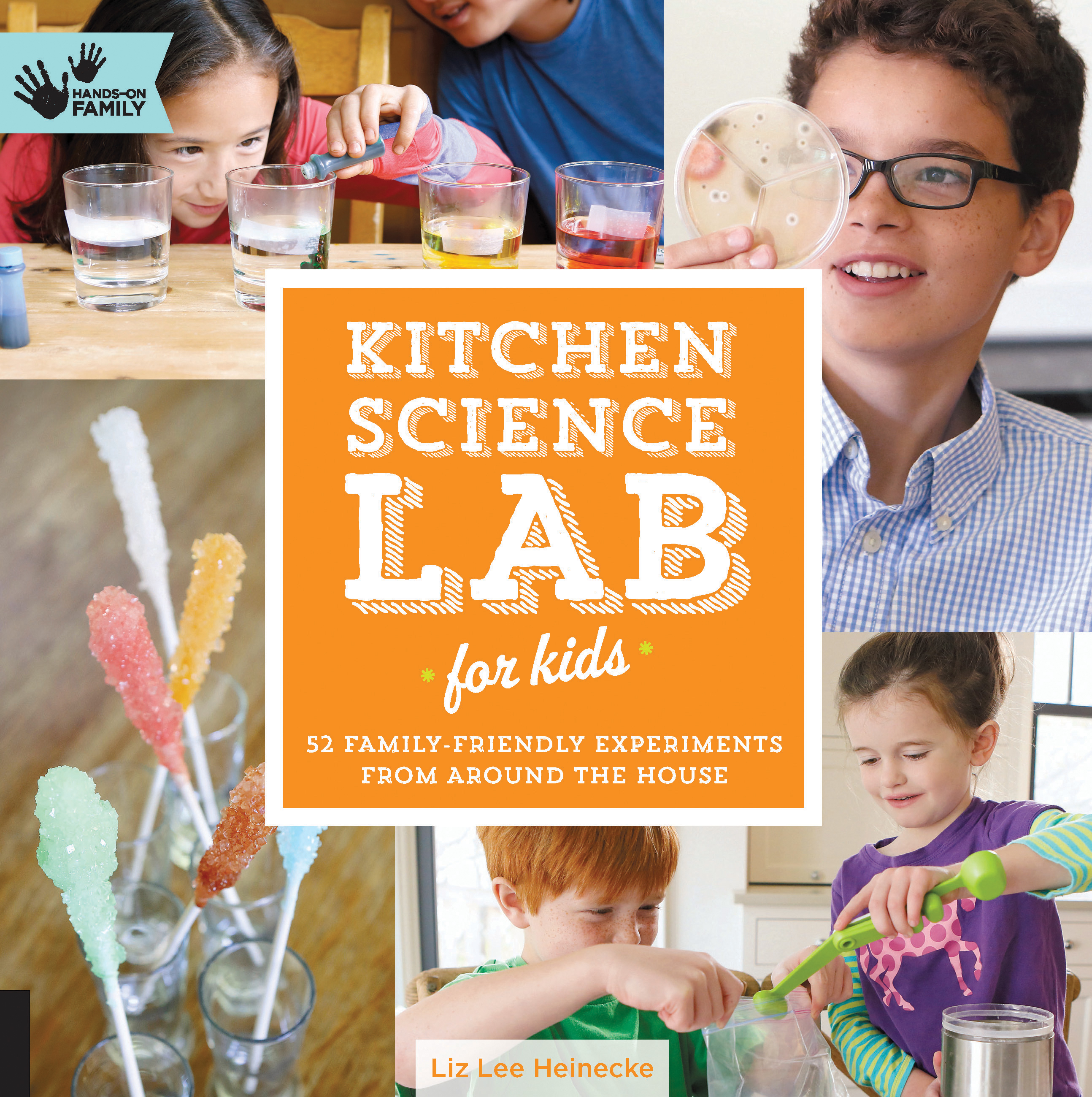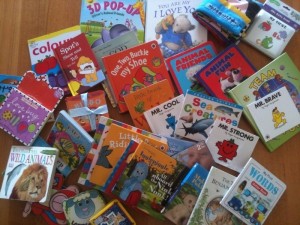Most people are aware that reading to children is beneficial; in fact, it is one of the best preparations for school. When we read to children, we are exposing them to a rich vocabulary, helping them develop listening skills and attention spans, conveying information and fostering a love of reading. These skills create a solid foundation for developing literacy.
Many libraries are now running “1000 Books Before School” programs (sometimes called “1000 Books Before Kindergarten”) to help encourage caregivers and children to keep reading and reap those literacy benefits. The 1000 books goal is based on research – it is big enough to allow children to experience a variety of language, but still achievable – for children who start school at 5, it translates to about one book every 2 days. And for children who prefer to have the same book read over and over, each time counts as one book!
To make the process more fun, libraries and some websites offer record sheets to help families keep track of their reading. Regular milestones (with small rewards) help build a sense of achievement until the big, final graduation.
Families living in Victoria can enrol in the program through the State Library of Victoria website or at your local library.
To get you started, here are some new and older favourites, perfect for sharing with your children. 6 down, 994 to go…
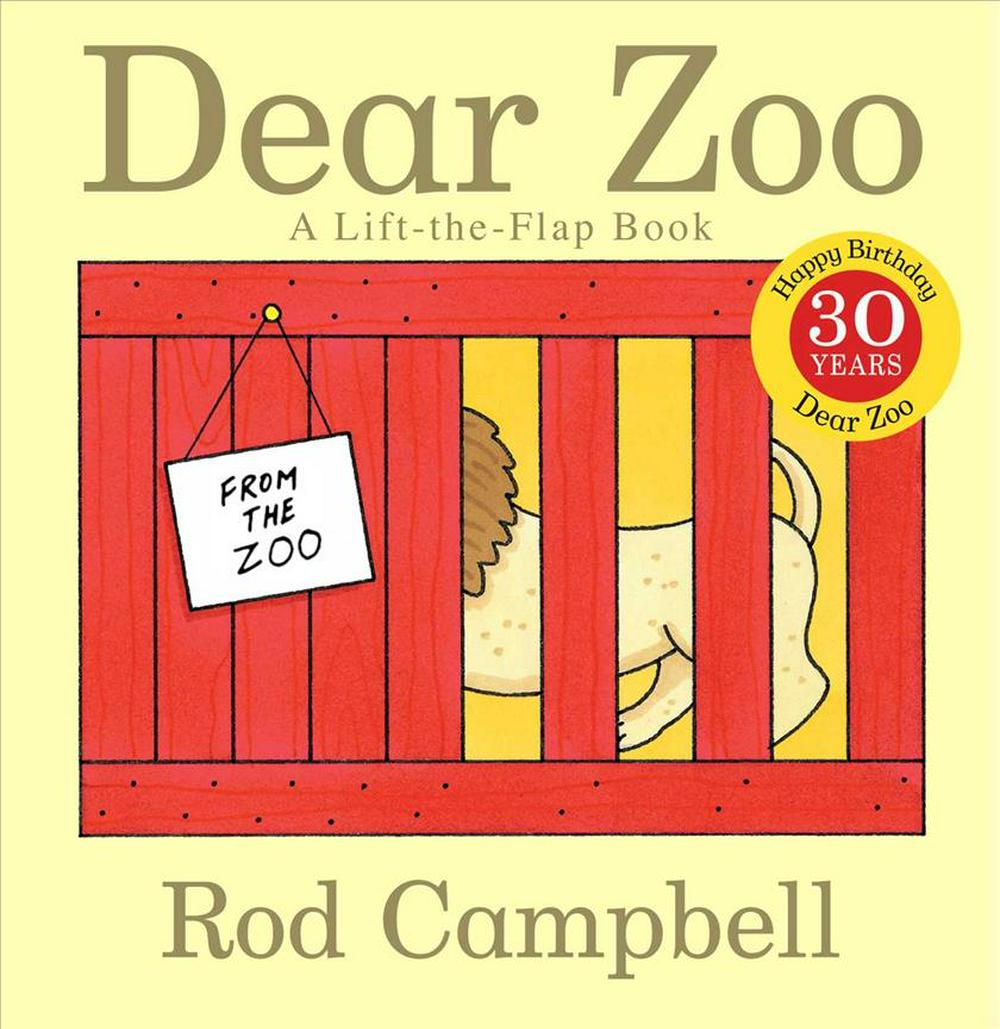 Dear Zoo by Rod Campbell
Dear Zoo by Rod Campbell
Sturdy board books are great for the youngest readers, who might show their enjoyment of books by chewing and throwing! In Dear Zoo, a child writes to the zoo to send them a pet. It takes a bit of trial and error to find a pet that is just right! Dear Zoo has been a favourite with both little and big kids for over 30 years. Its combination of a funny story, cute animals, lift-the-flaps and call-and-response makes it an excellent choice for both reading aloud and reading on your own.
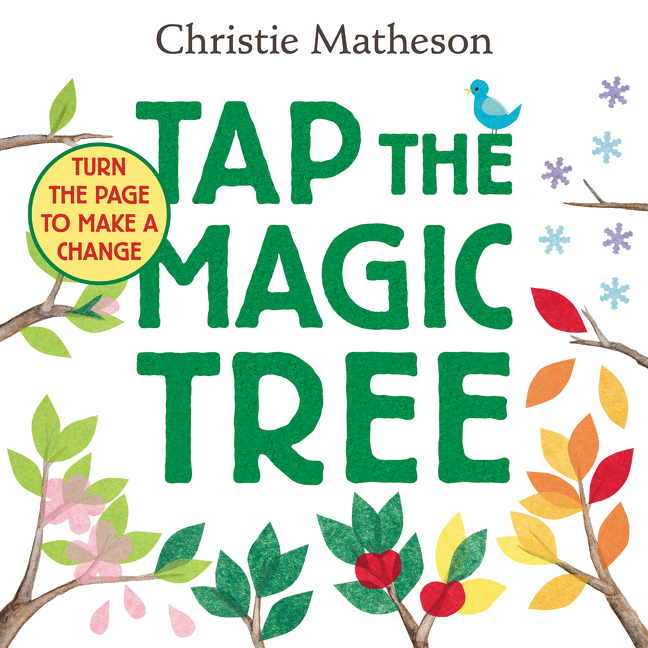 Tap the Magic Tree by Christie Matheson
Tap the Magic Tree by Christie Matheson
Tap the Magic Tree is as much a toy as it is a picture book. Each page invites the reader to tap, shake, jiggle, or pat the book, even to blow it a kiss! Starting with a bare brown tree, we gradually see leaves sprout, buds blossom, apples grow, the leaves yellow and finally blow away with the changing of the seasons. The simple drawings and sparse text combine into an absorbing story that is elegant and sweetly magical.
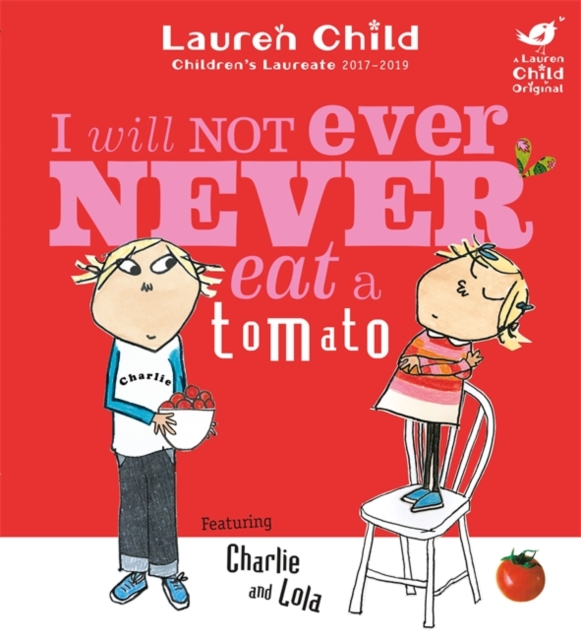 I Will Never Not Ever Eat a Tomato by Lauren Child
I Will Never Not Ever Eat a Tomato by Lauren Child
Charlie and Lola stories are laugh-out-loud funny, with vivid characters and situations that perfectly captures life with young children. I Will Never Not Ever Eat a Tomato is the story that started it all, and is still one of the best. Big brother Charlie – the sensible, long-suffering one – needs to give dinner to his funny little sister Lola. But she is really fussy about her food! So Charlie plays a trick on Lola – what if he is not giving her mashed potato, but cloud fluff from the peak of Mount Fuji?
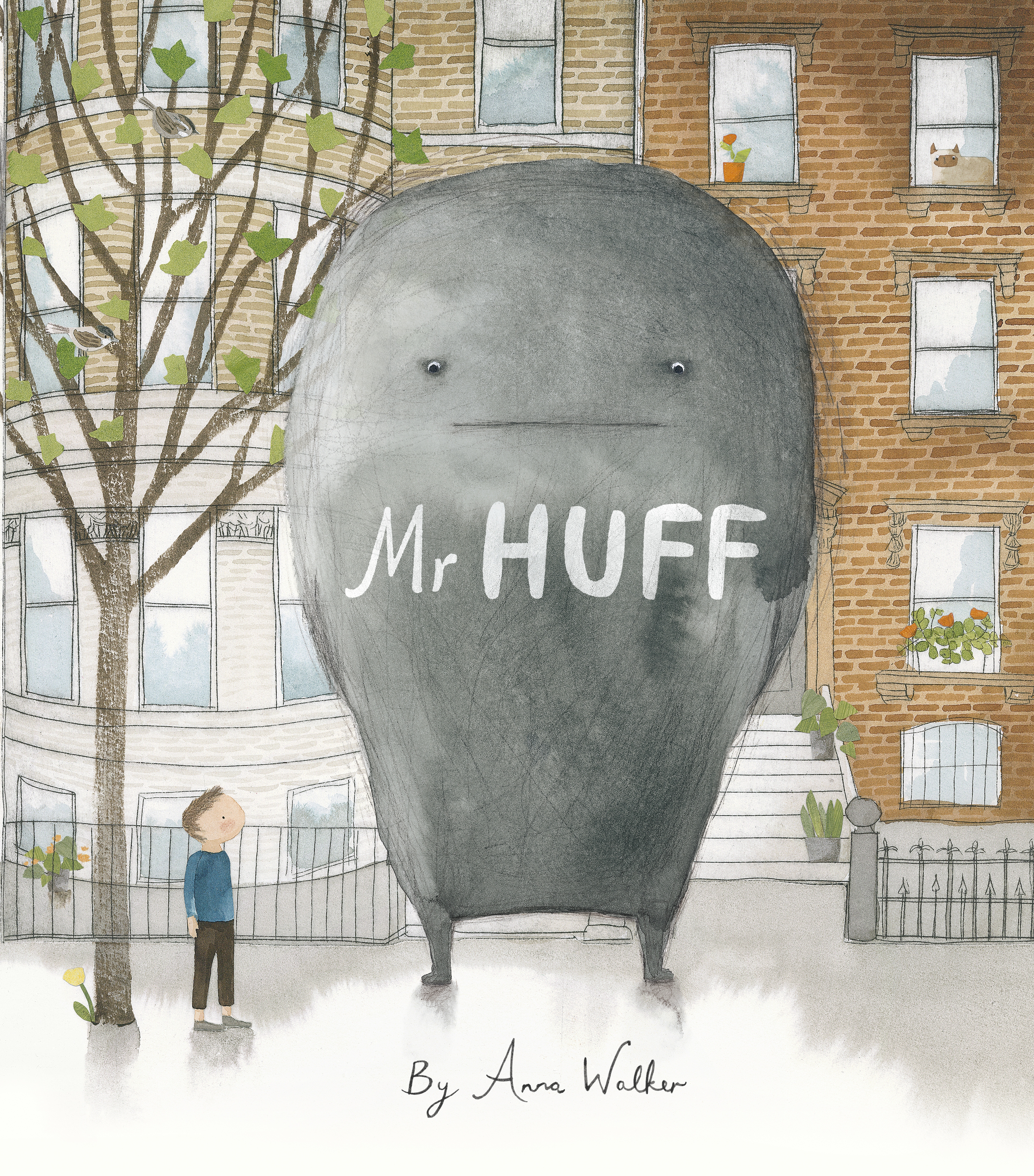 Mr Huff by Anna Walker
Mr Huff by Anna Walker
Bill woke up with a bad feeling about his day. As more things go wrong, his huffy feelings coalesce into a big grey thing, who sighs and keeps following Bill around. How can Bill make Mr Huff go away? Mr Huff is a cute and poignant story, and perfect conversation-starter about how to deal with sad, gloomy feelings. Anna Walker’s understated illustrations add surprising amounts of drama and emotion. Well-deserved winner of last year’s CBCA Early Childhood Book of the Year Award.
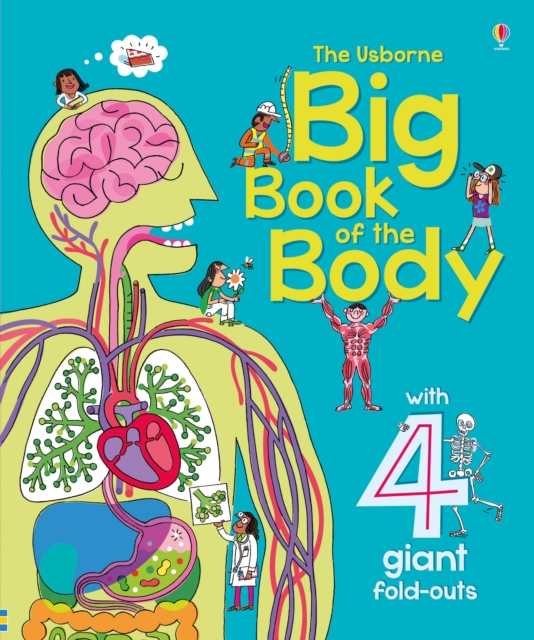 The Usborne Big Book of the Body
The Usborne Big Book of the Body
Non-fiction (information) books can often engage children who don’t seem interested in stories. Usborne is known as a publisher of beautifully-produced, interesting information books for children, and The Big Book of the Body is no exception. The pages fold out into giant posters showing our main bodily functions, including bones and muscles, heart and blood, lungs, brain and our senses. A mix of short explanations and quirky facts make The Big Book of the Body entertaining as well as educational.
 Billie’s Underwater Adventure by Sally Rippin and Alisa Coburn
Billie’s Underwater Adventure by Sally Rippin and Alisa Coburn
As your child gets older, why not introduce them to great characters whose stories will keep them company through their school years? Billie’s Underwater Adventure is a picture book where Billie and her friend Jack use their imaginations to have marvellous adventures at Kinder. Then there’s the Billie B Brown and Hey Jack series, which are slice-of-life stories aimed at beginner readers; and the Billie B Brown Mysteries is a collection of short chapter books that is perfect for those mystery- and excitement-loving middle graders.
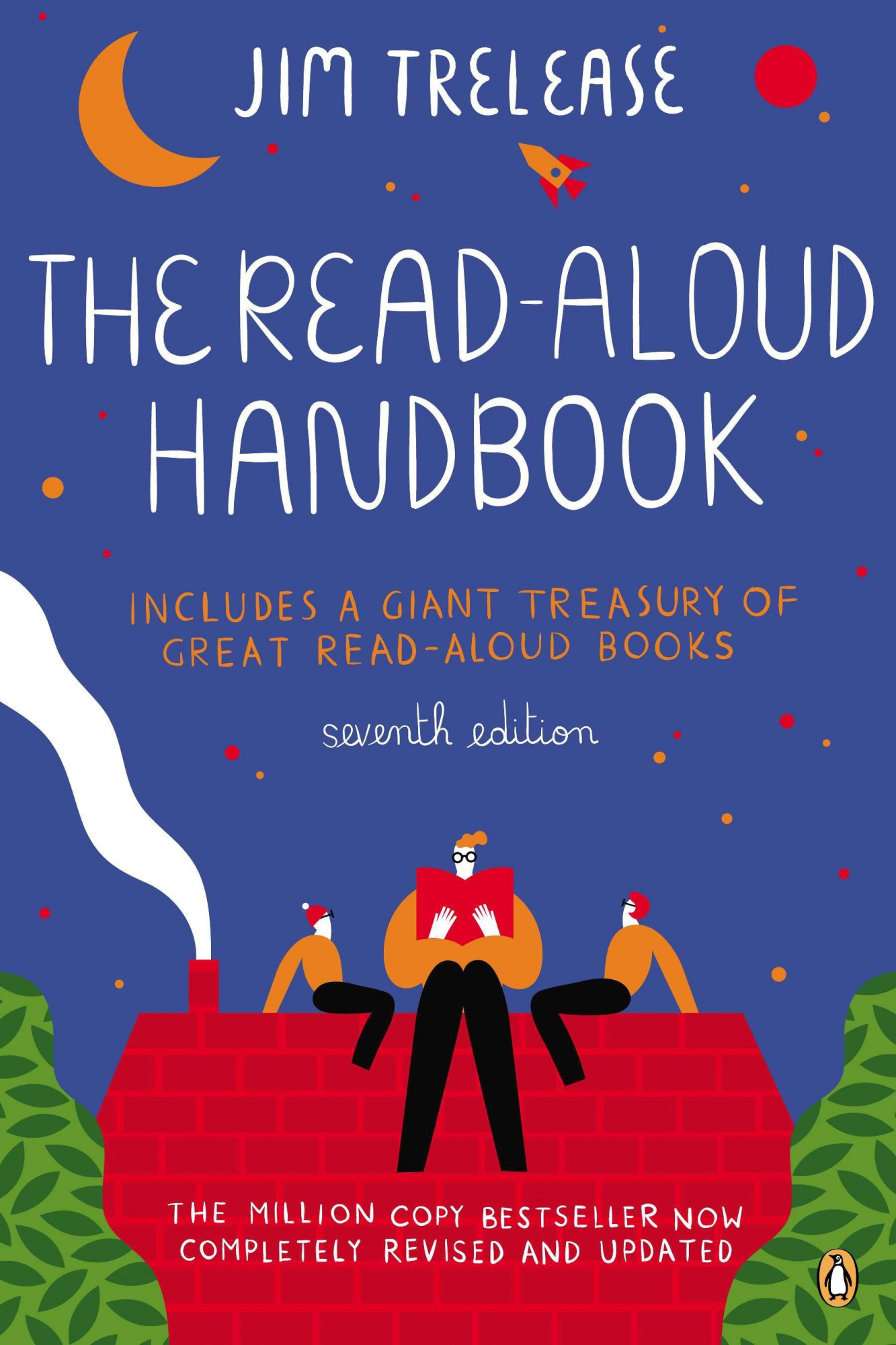
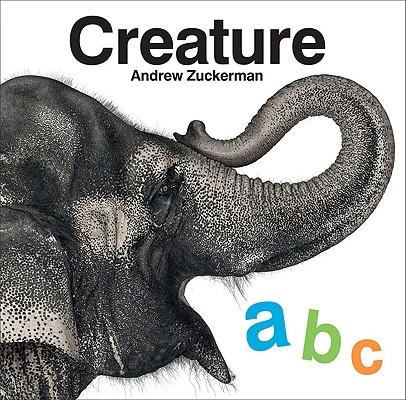
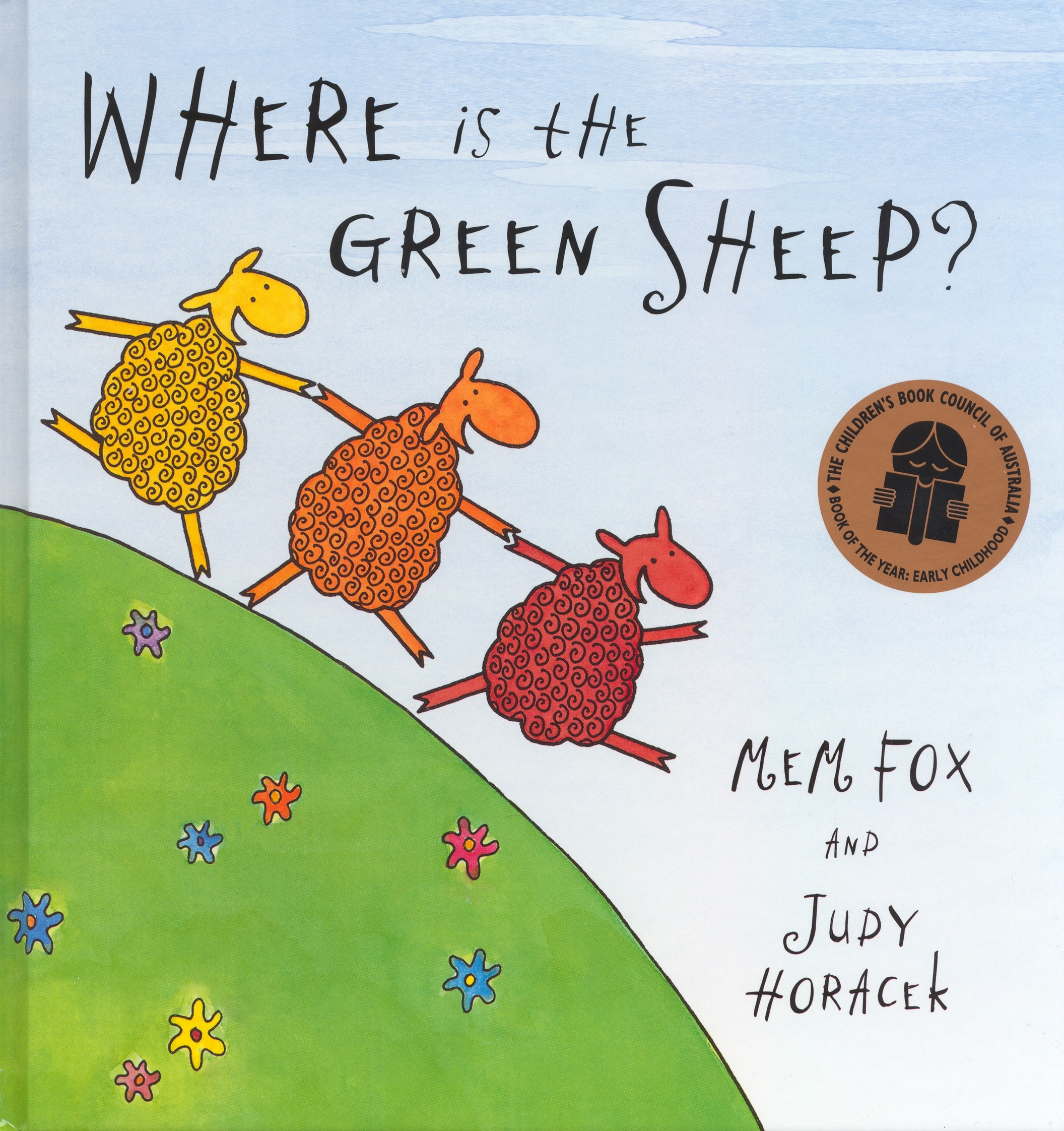



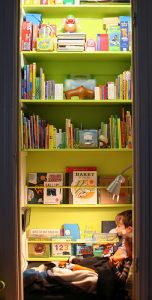
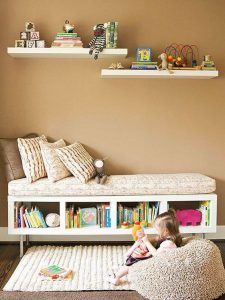
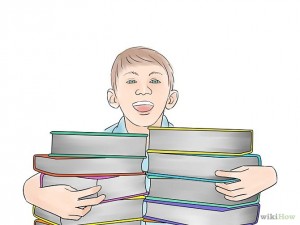
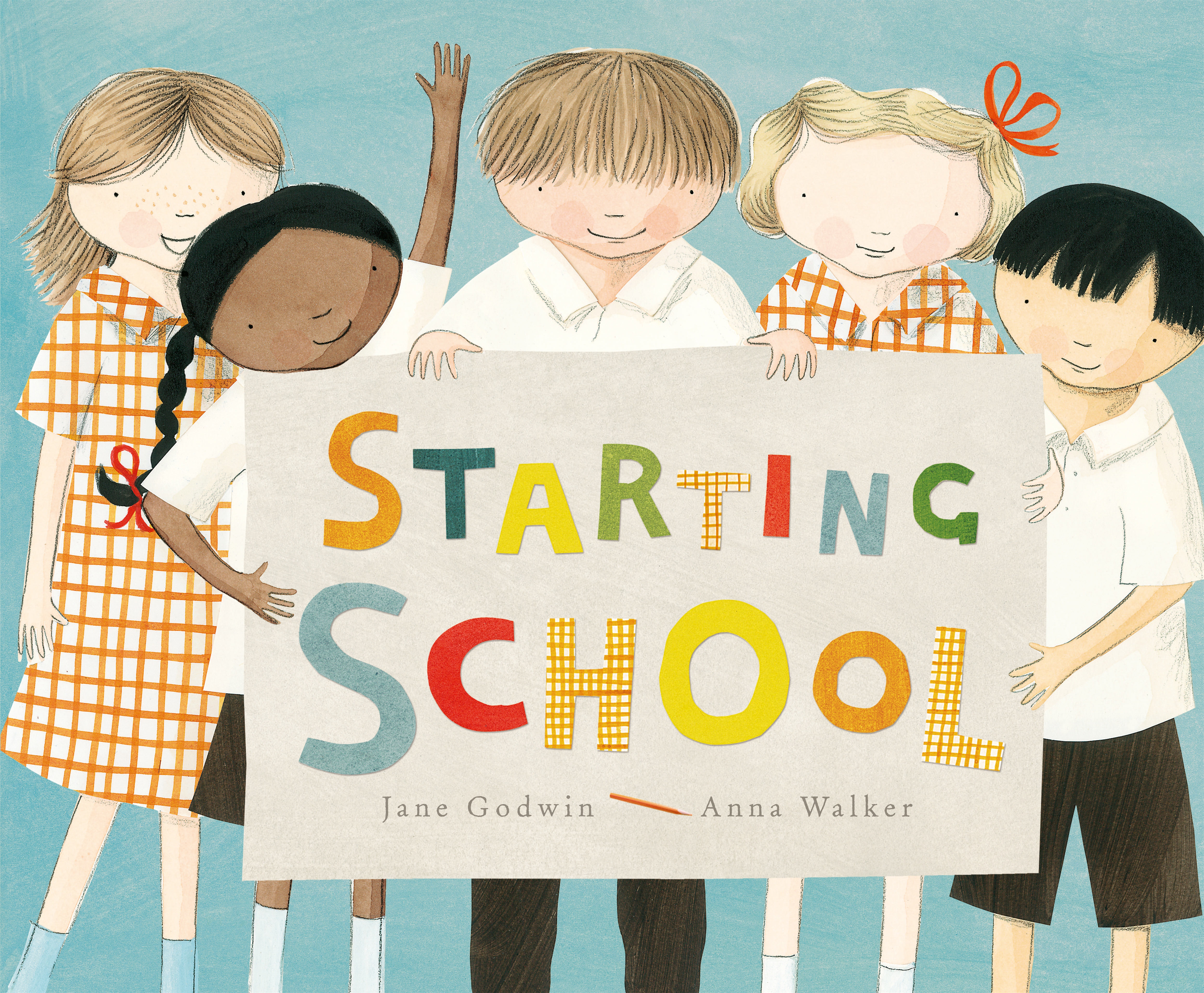

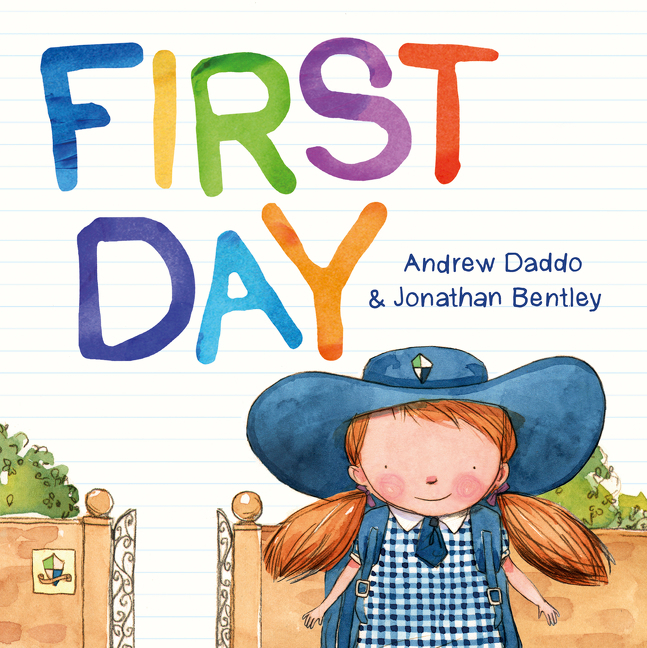 First Day
First Day
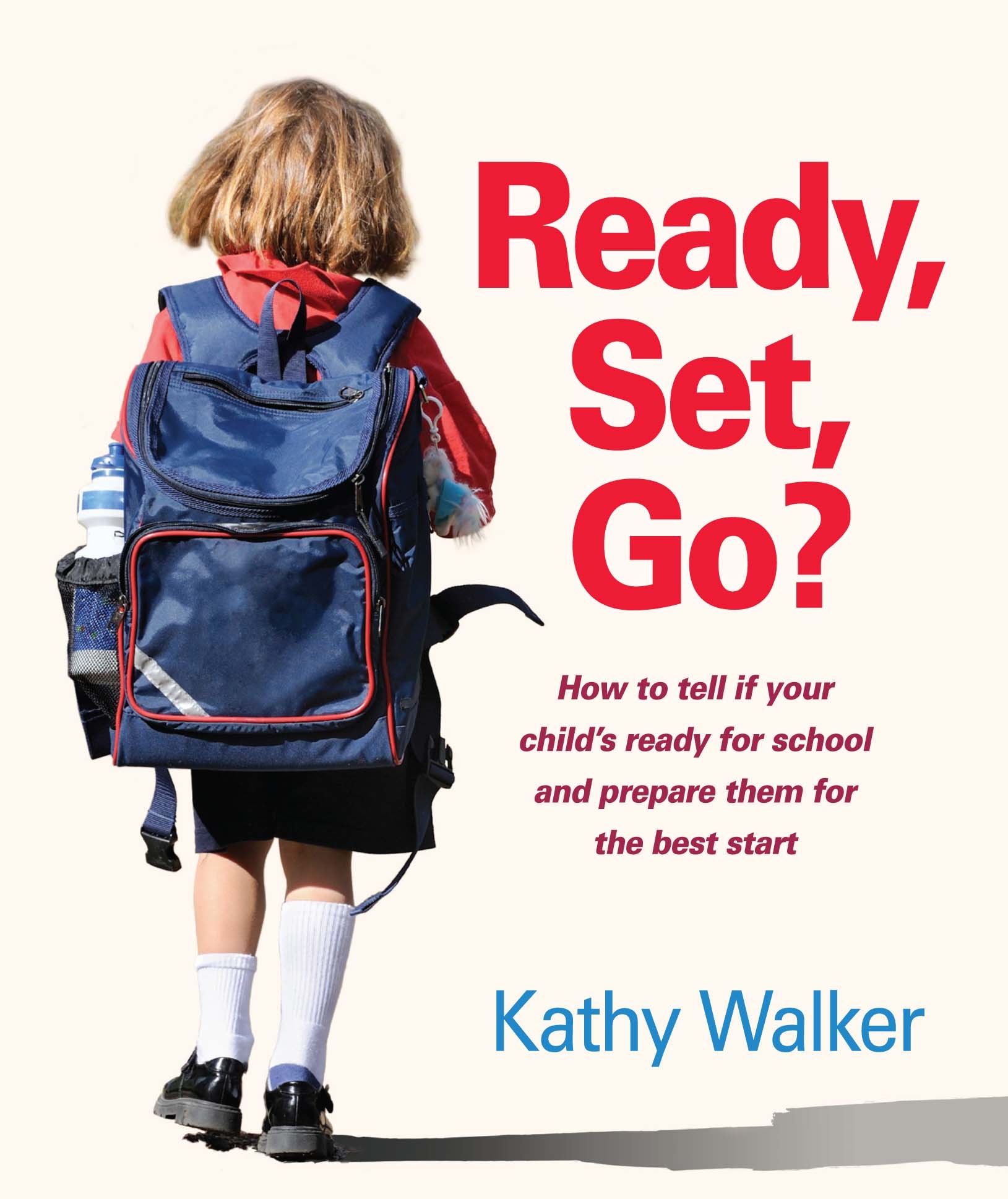

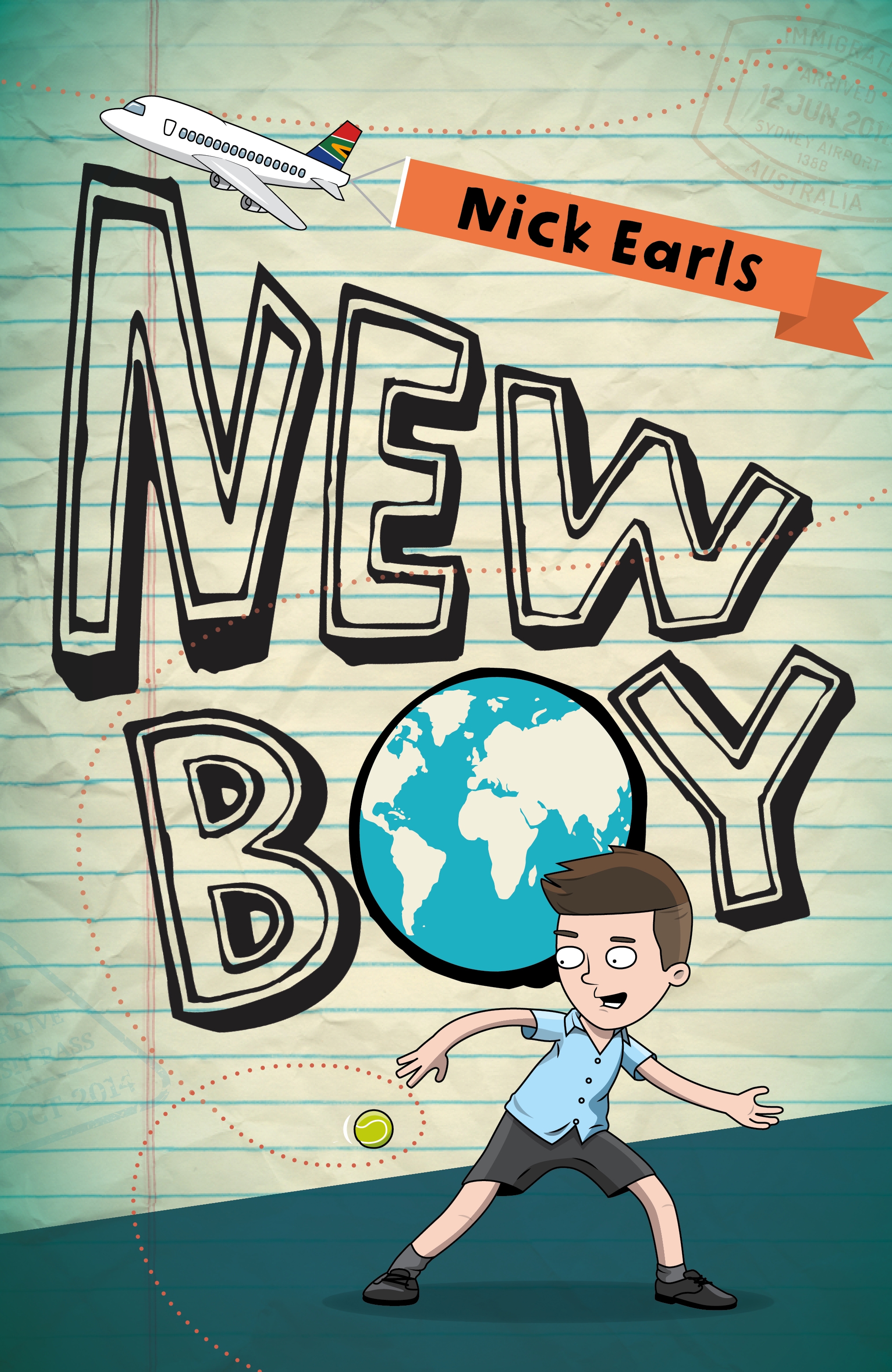
 Pea’s Book of Best Friends
Pea’s Book of Best Friends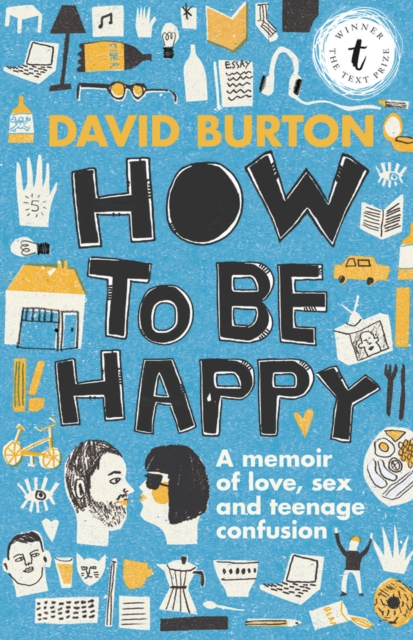
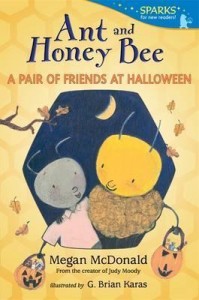
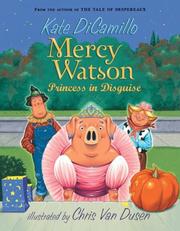




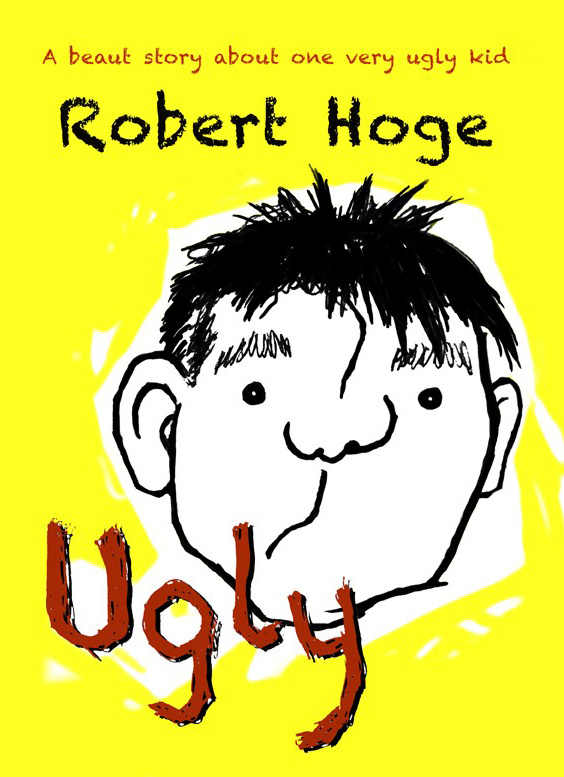 Ugly
Ugly



